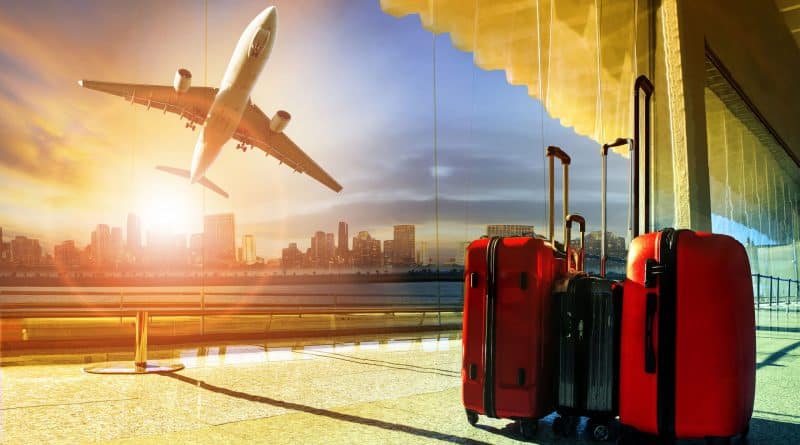Technology and Nature – Two Challenges For Tourism at the Dawn of the Twenty-First Century
People who traveled great distances from their local places were a rarity in the earlier days. Now traveling around the globe, more commonly known as globe-trotting is no longer a challenge, thanks to fantastic strides made by technology in the travel sector. Tourism as an industry thrives on travel. It has changed the outlook of modern man. Tourism derives its driving force from travel.
Experiencing different cultures, languages, and people has changed societies. The attitudes and even the viewpoint of life of people have changed due to this. Nature and tourism are closely related and it is based on this symbiosis that eco-tourism developed and has become a way of life.
It is indeed a challenge to strike the right balance between technology and nature in the context of tourism. Technology has gone a long way in making tourism and travel achieve their present stature and importance. It has reduced the intangibility associated with tourism products.
With vibrant colors and multimedia features available over the internet, modern-day tourists can get accurate and reliable information before embarking on a journey. Even the local people make use of the internet to explore and get tourism-related information about their places.
The main threat posed to nature by the excessive use of technology is in the form of pollution. Technology itself can be used to wipe out its by-products and reduce the impact of pollution. We have been bombarded with news related to ozone layer depletion. New technologies have evolved where by refrigerants with no CFC have been put into practice. Another factor is the pollution that jet aircraft create which results in increased levels of carbon dioxide in the atmosphere not to speak of vehicles that ply the roads.
The same is the case with water pollution. In Kerala for example, backwaters is a Unique Selling Proposition (USP). Thankfully before it was too late, the authorities realized the importance of preserving this priceless gift of nature. Hence houseboats which are a major source of income have been asked to comply with the safety standards prescribed by authorities in waste disposal management. For this technology was used to a large extent.
Whenever technology is used without proper control, it can lead to hazardous by-products and endanger the natural balance. Maintaining the right balance between nature and technology will give the right impetus to tourism growth and sustainability.
Now safety standards that curb emissions from vehicles have been implemented which has helped reduce vehicular pollution to a large extent. Global warming which is now the buzzword, oil spillage, etc has affected the birds and other species posing a big threat to the very existence of life on this planet. For putting brakes on these alarming issues, the same technology which created it should be used to find a solution.
Another case of concern is the growing use of cell phones. True, there is no going back on this technological wonder, but steps must be taken to prevent cell phone operators, especially the private ones from indiscriminately increasing the signal strength of their towers to give more coverage.
This has resulted in the diminishing of certain species of birds and beneficial insects. The most glaring side effect of the increasing use of cell phones is the disappearance of honey bees from most cities. This is only the tip of the iceberg of the disaster that is looming ahead.
Tourism has benefited immensely from technology. Also throwing open the natural attractions in the form of beaches, hill stations, and backwaters has resulted in a tourism boom. In this context, we must strive to get the maximum out of technology and nature to up tourism revenues through conservation and preservation for sustaining the tourism industry



